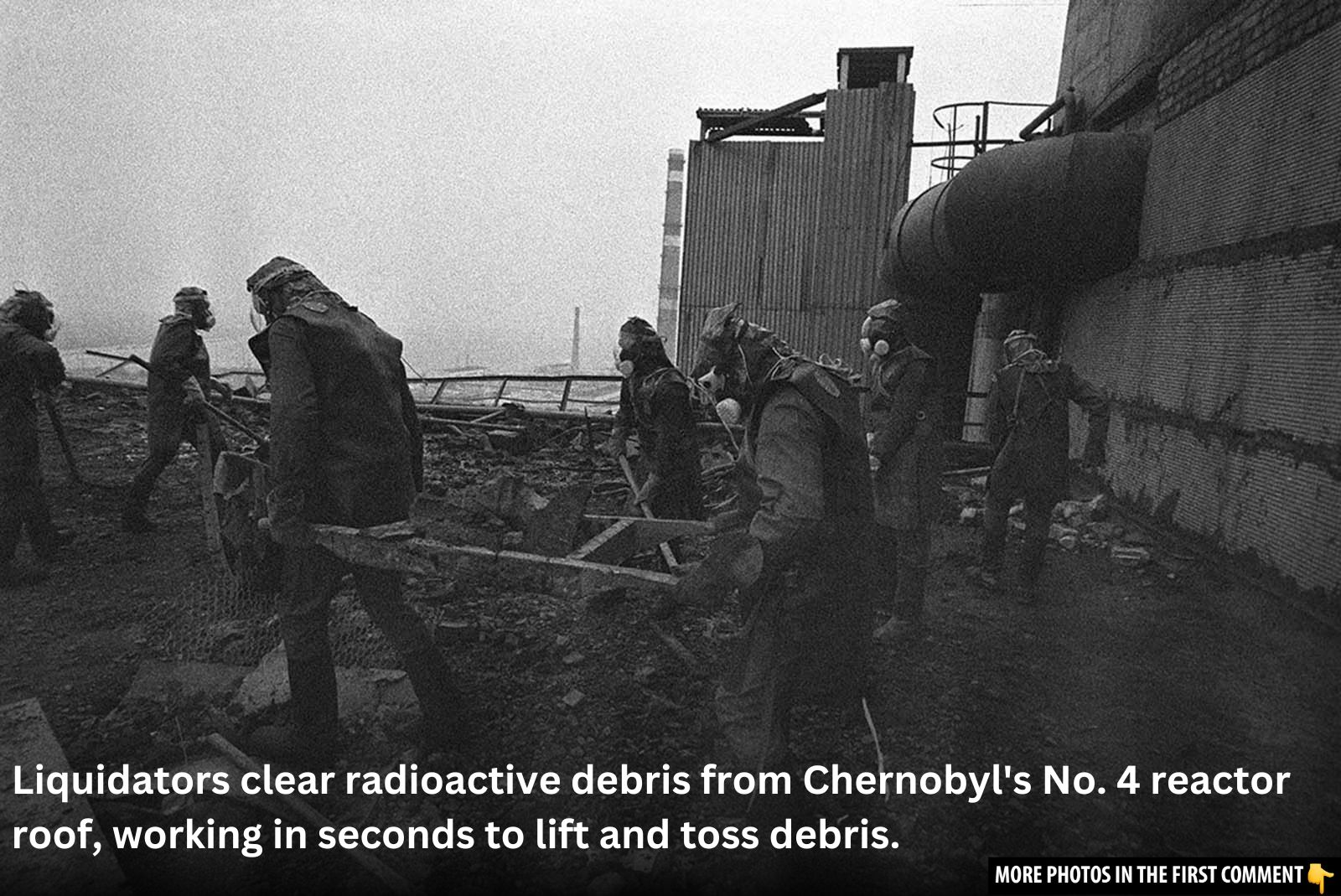On April 26, 1986, the world witnessed one of the most catastrophic nuclear accidents in history. A series of explosions at the Chernobyl Nuclear Power Plant in Ukraine sent shockwaves through the world, forever altering the lives of those involved and leaving a legacy that would be felt for generations. This is the story of the Chernobyl disaster, not just through the technical details and scientific explanations, but through the human sacrifices, the photographs that captured history, and the lasting impact it left on the world.
The Explosion: A Sudden and Devastating Catastrophe
At 1:23 a.m. on April 26, 1986, Reactor No. 4 at the Chernobyl Nuclear Power Plant exploded. This sudden disaster was the result of a botched safety test meant to measure the ability of the reactor’s steam turbine to provide power to emergency pumps in case of a failure. The operators unknowingly triggered a series of events that resulted in a catastrophic failure of the reactor’s core, leading to a violent explosion.
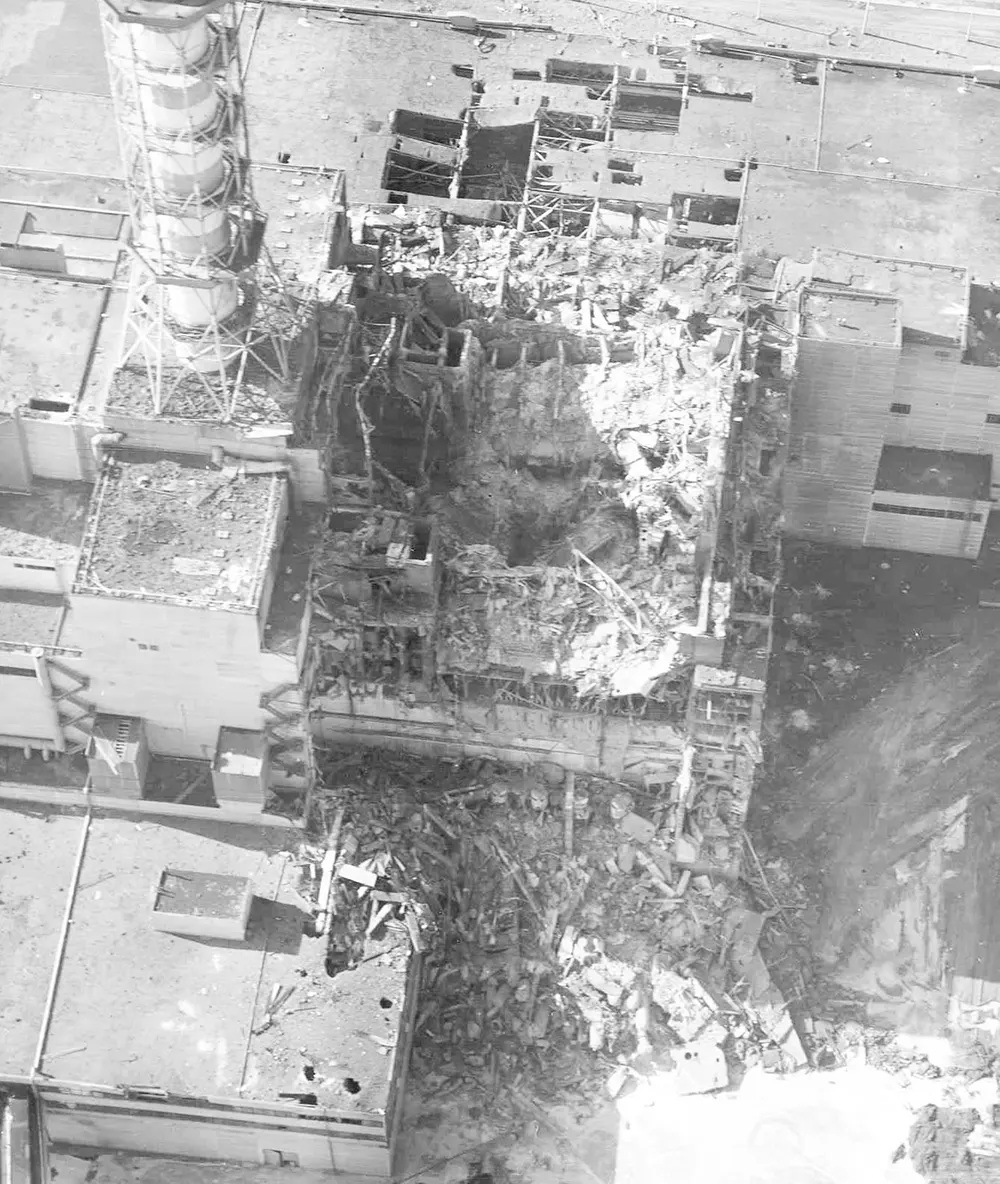
The initial blast was deafening, and the aftermath was just as horrific. A massive fire broke out, spewing radioactive material into the air, creating a toxic cloud that would spread across Europe. As the fire raged on for days, emergency workers and plant staff rushed to contain the damage, but the odds were heavily stacked against them.
Video
Watch the video to uncover what really happened during the Chernobyl disaster of 1986! Don’t miss this detailed look into one of history’s most devastating events.
The Brave Liquidators: Heroes of the Chernobyl Disaster
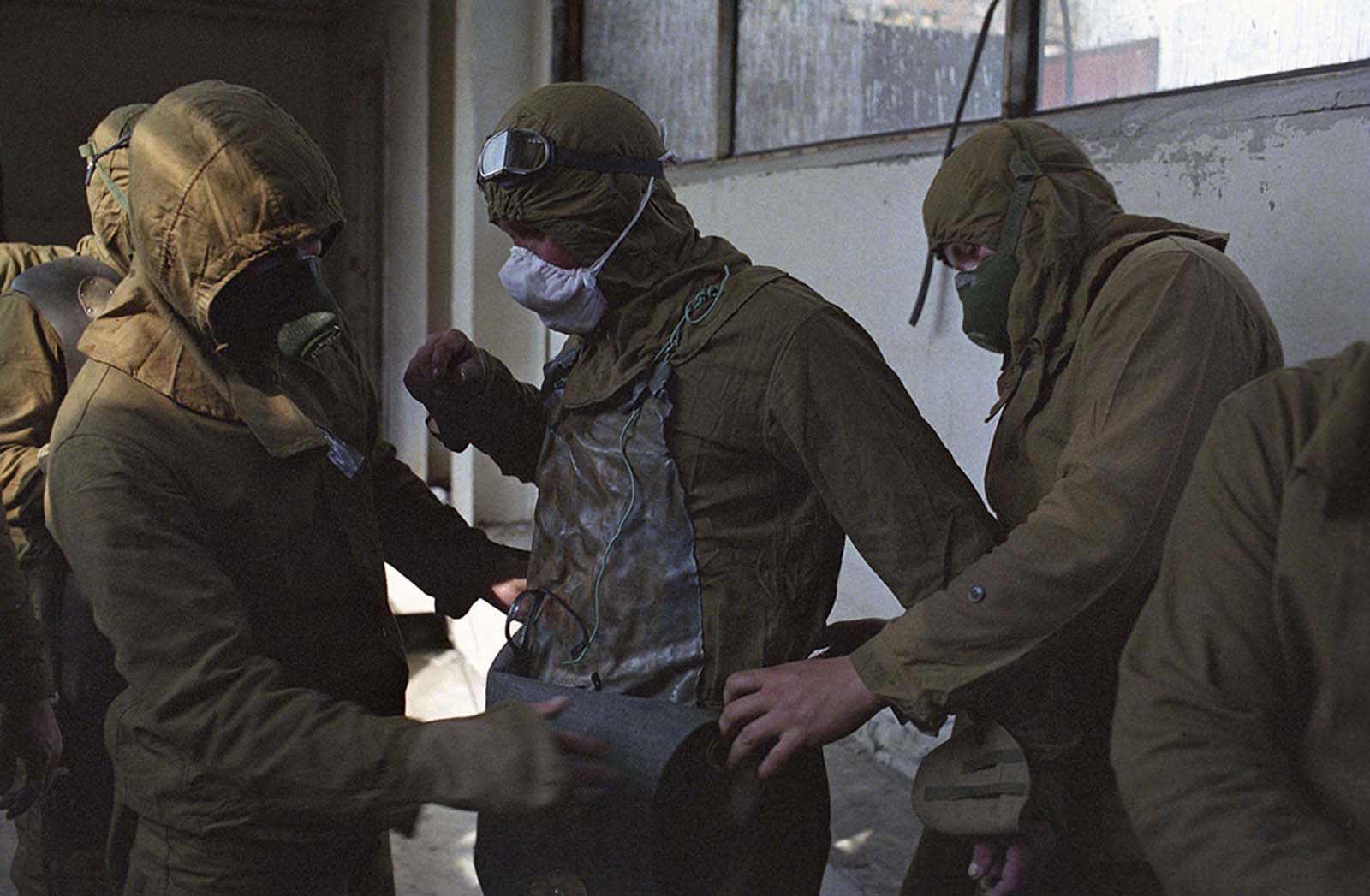
In the face of unspeakable danger, it was the liquidators—workers and emergency responders—who stood up to the challenge. These individuals, many of them military reservists, were tasked with cleaning up the debris, extinguishing fires, and stabilizing the situation. They were called upon to work in conditions where radiation levels were so high that they had to fashion their own makeshift protective clothing from lead sheets, just to minimize the exposure.
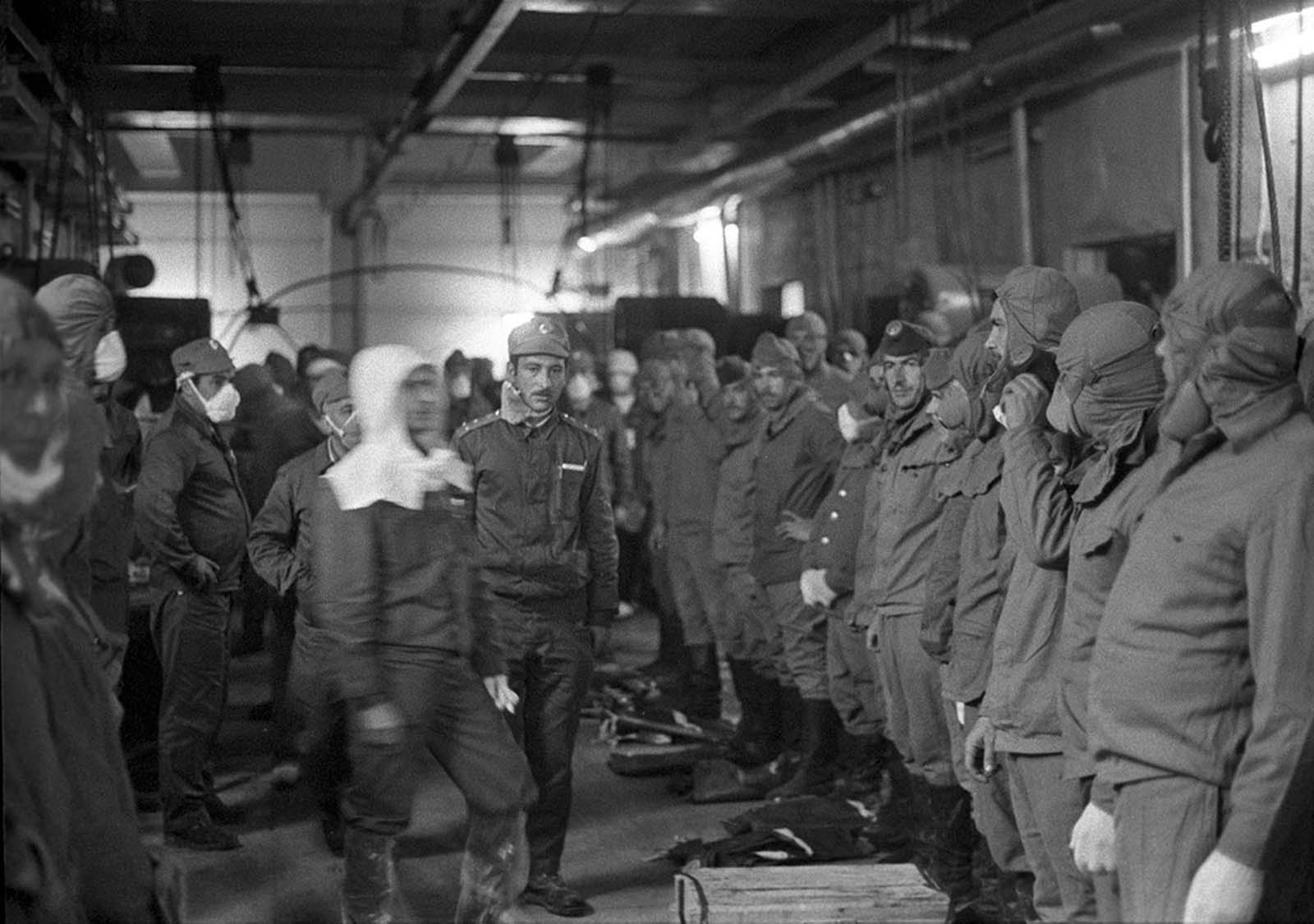
For many of these liquidators, their work was a race against time. Some could only stay in radioactive zones for 40 seconds before reaching their maximum radiation limit. Yet, they continued to risk their lives, even knowing the dangers. Their heroic actions, despite the extreme conditions, were instrumental in preventing an even greater disaster. The world owes a debt of gratitude to these unsung heroes who worked tirelessly to minimize the disaster’s scope.
Images from the Heart of the Disaster: Rare Photos from the Scene
While the liquidators worked tirelessly, a handful of photographers, undeterred by the peril surrounding them, captured rare images of the devastation and the acts of heroism that unfolded. These photographs, often haunting and raw, serve as an unflinching reminder of the disaster’s human cost. One of the most poignant images shows emergency crews desperately working to extinguish fires, while others depict the aftermath of the explosion, with emergency responders risking their lives to contain the damage.
The iconic images from the disaster reveal the desperation and the determination to survive. The photographs convey the scale of the destruction and the unrelenting courage of those who faced impossible odds. They provide a visual chronicle of one of the most significant events in modern history, and the pain and sacrifices of those involved can still be felt today
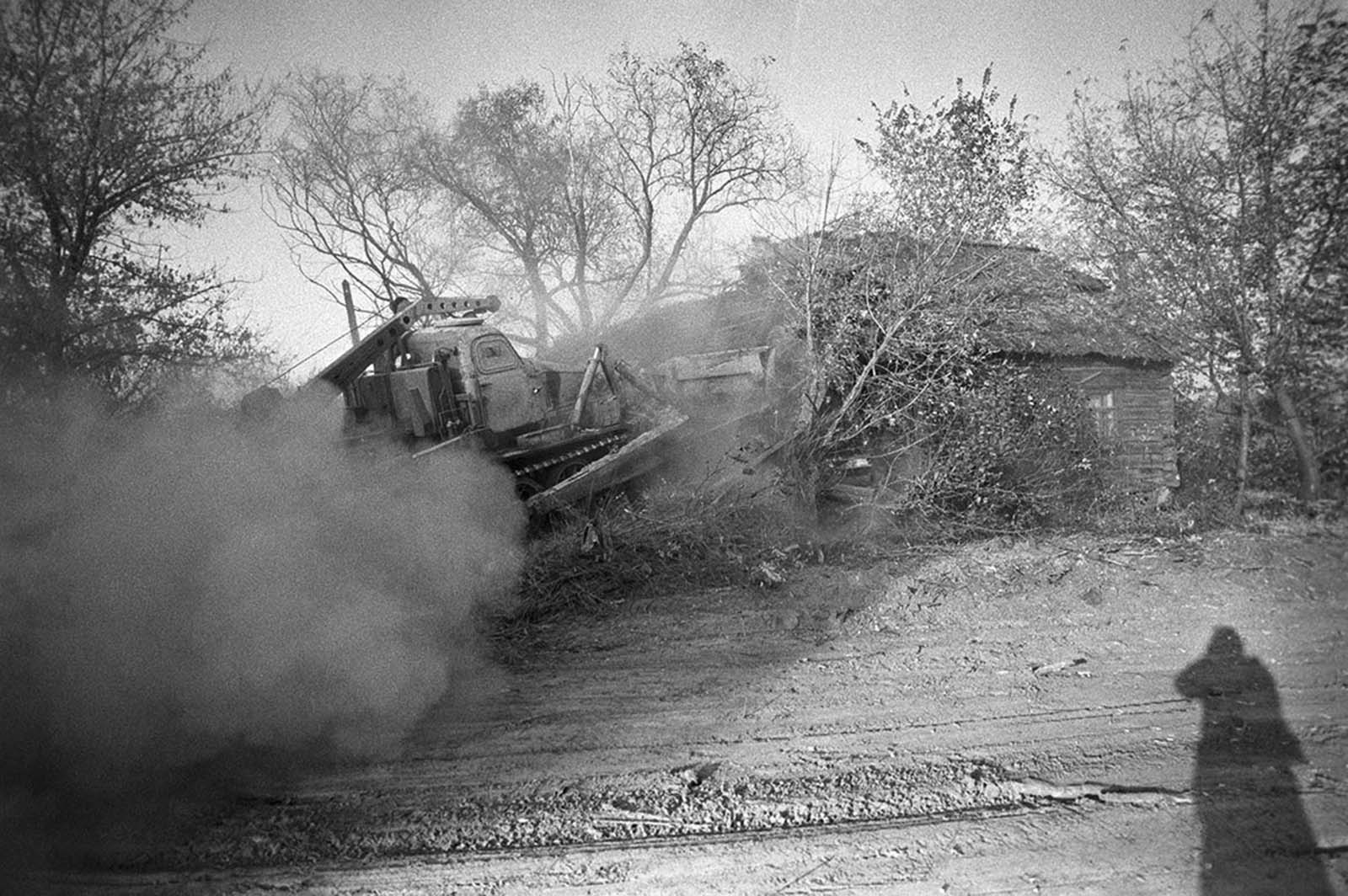
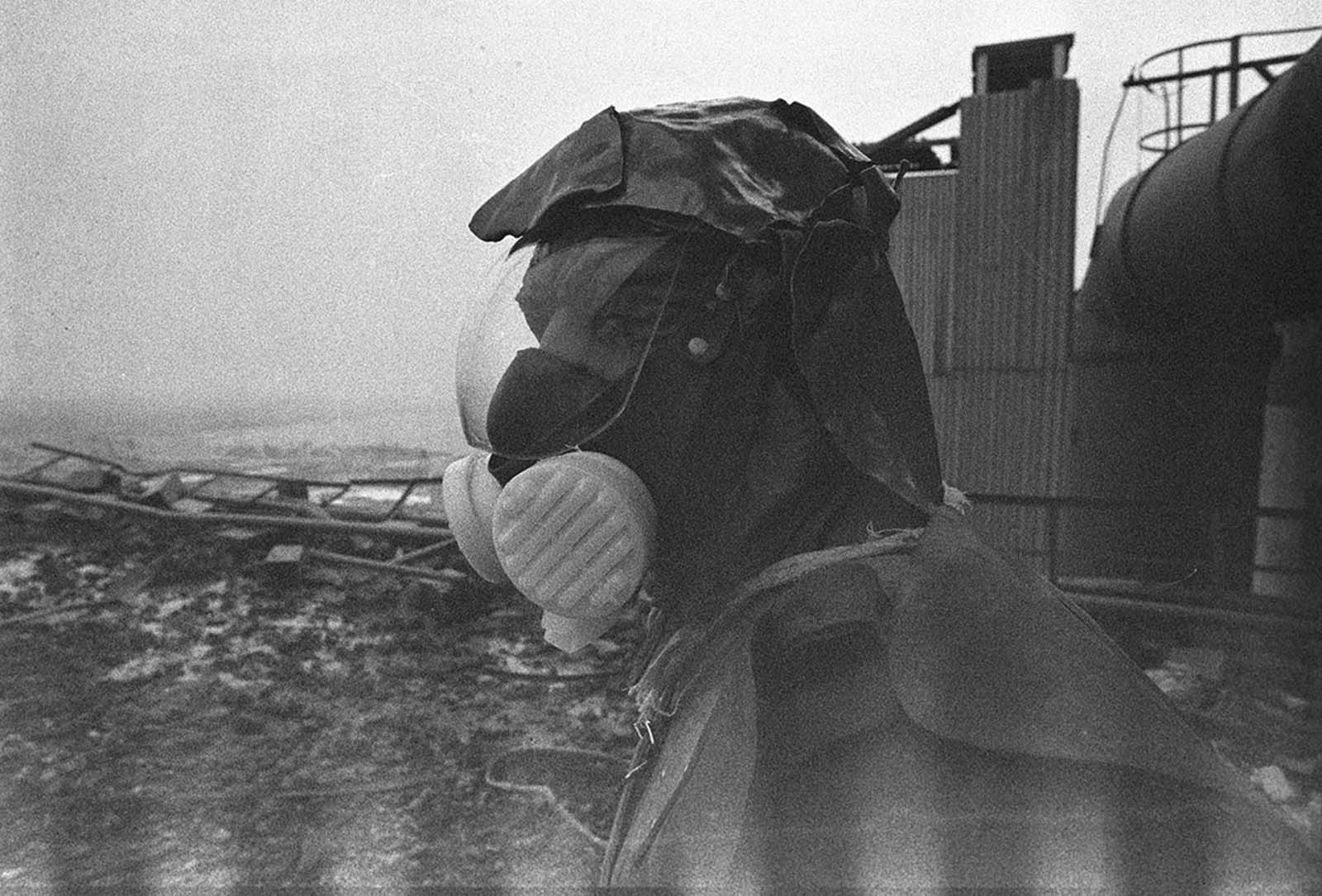
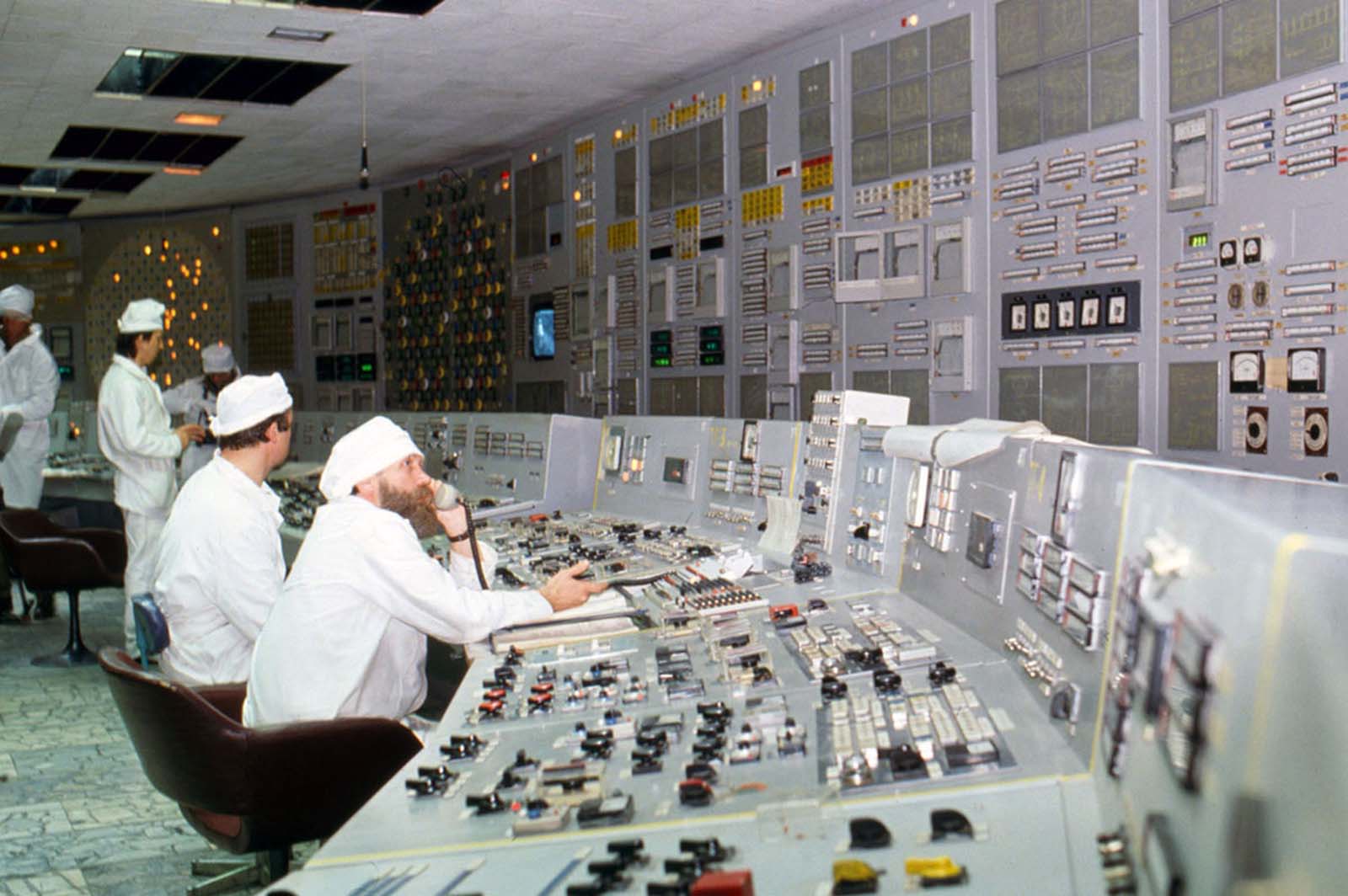
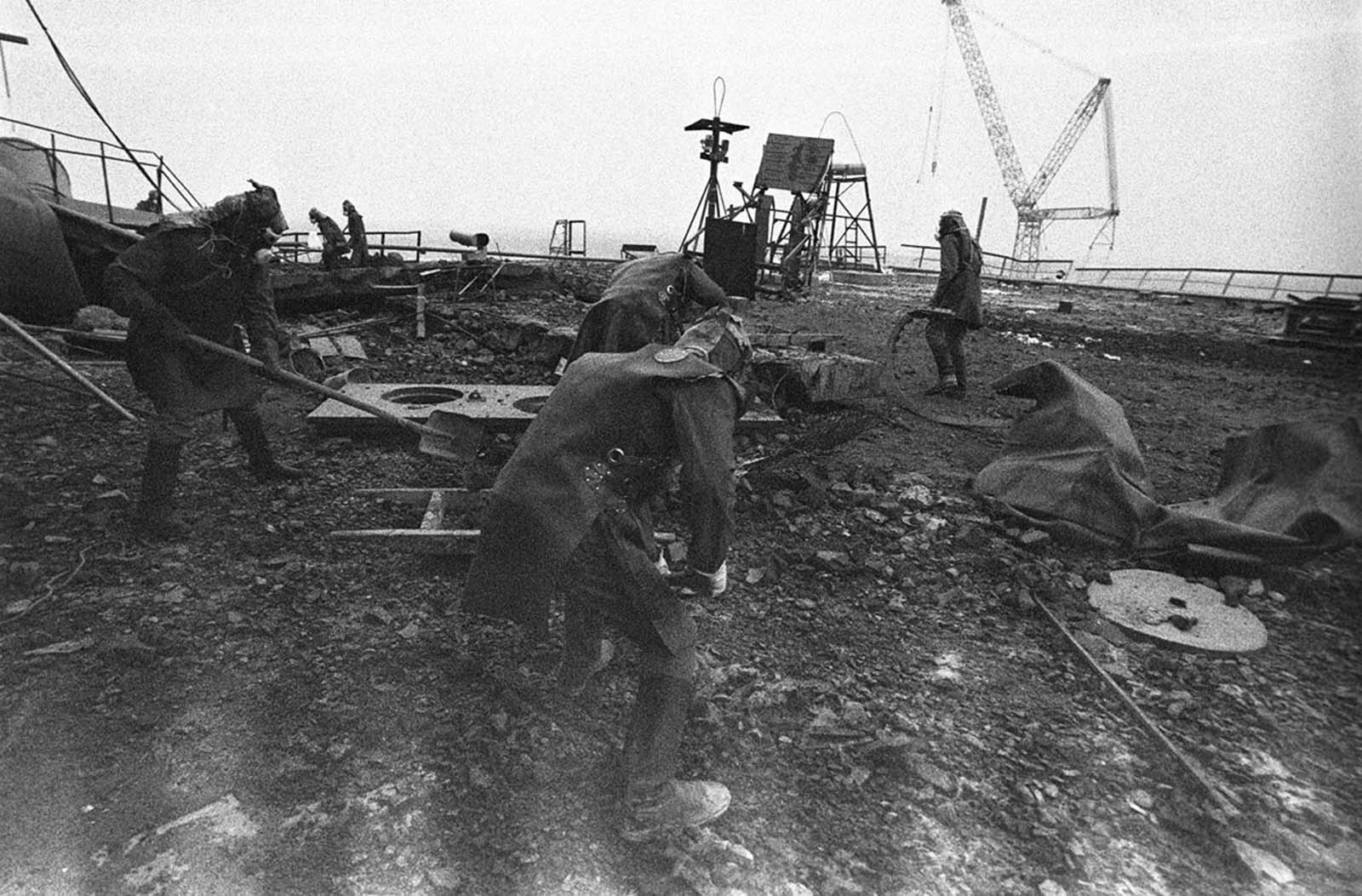
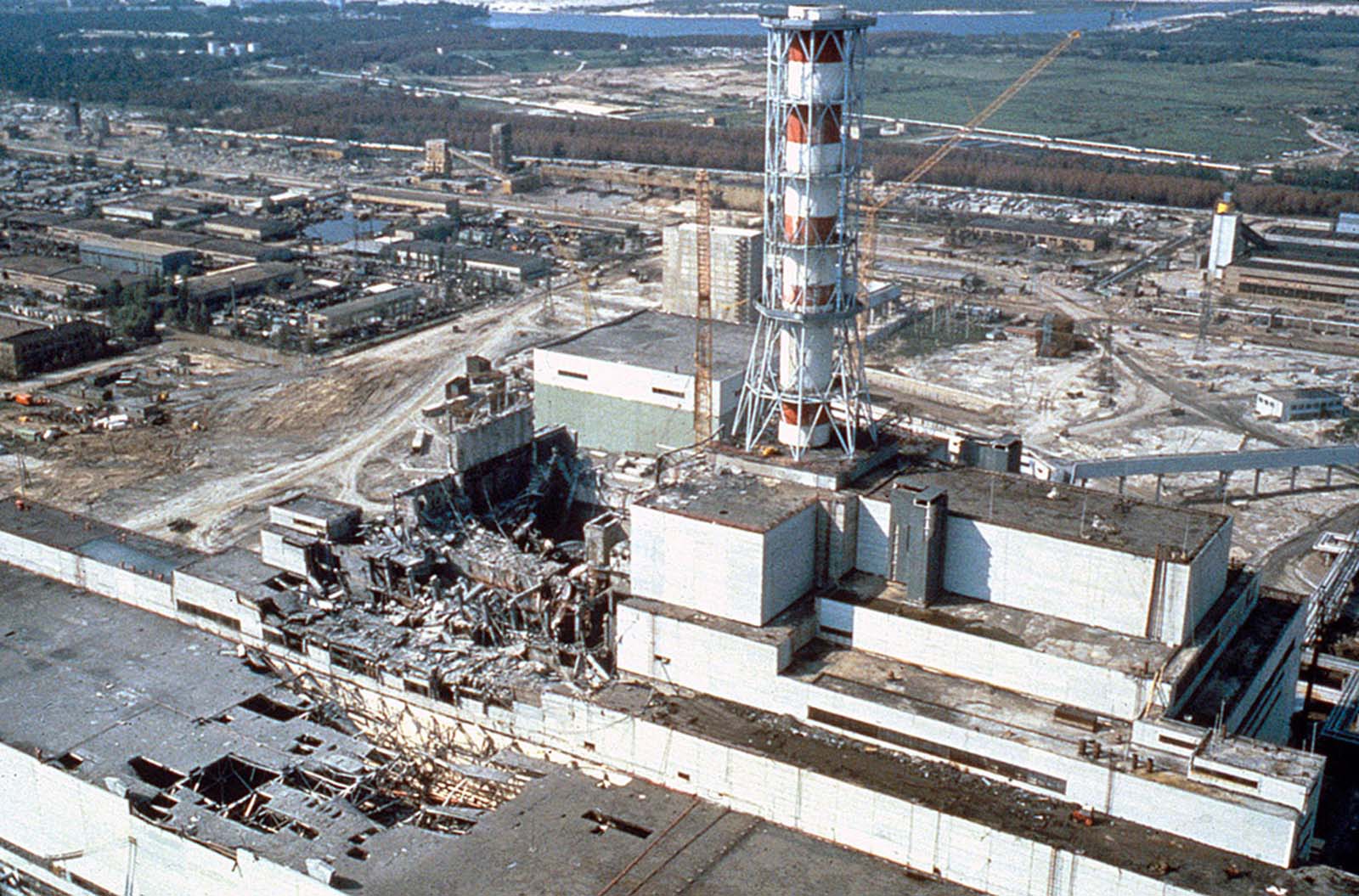
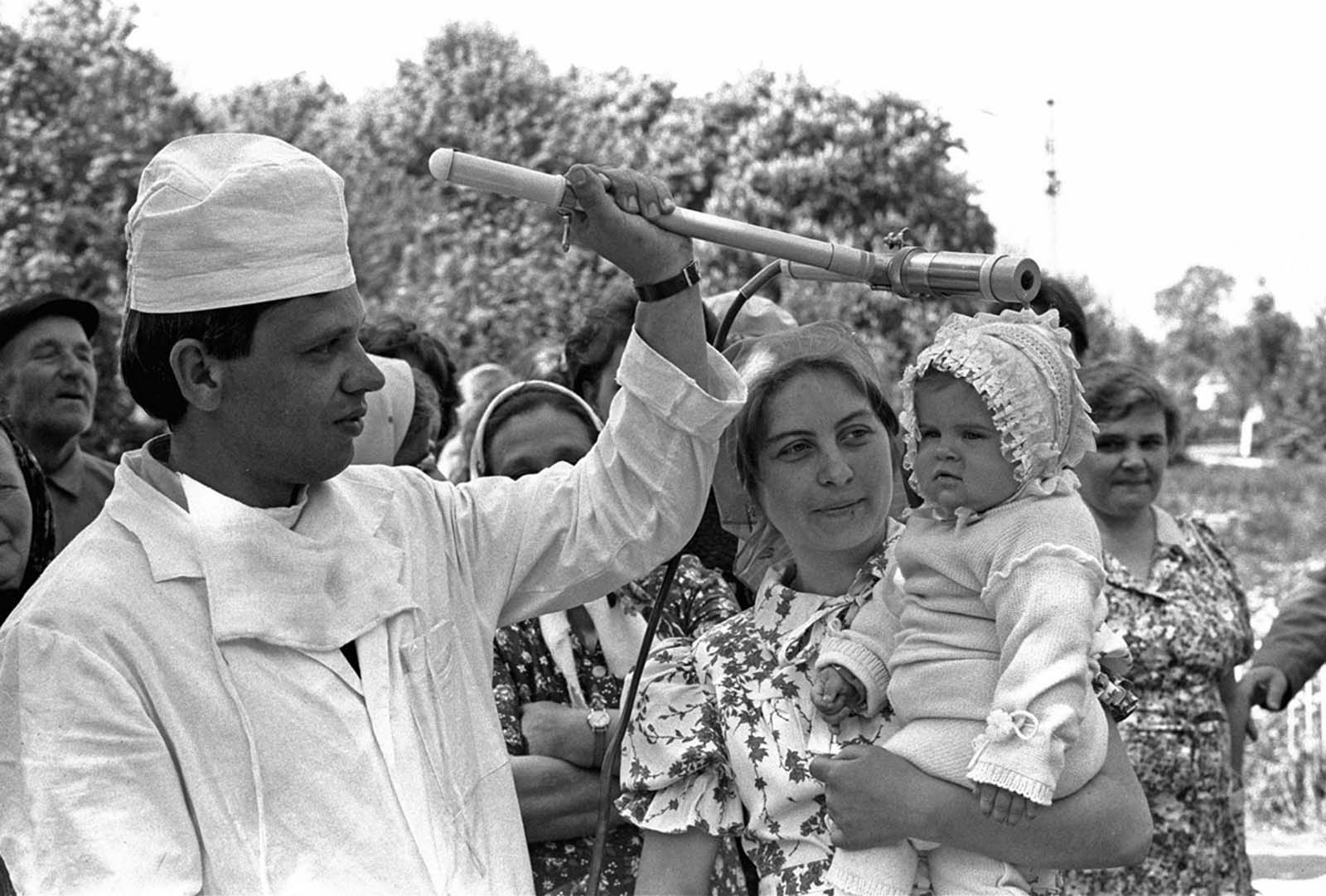
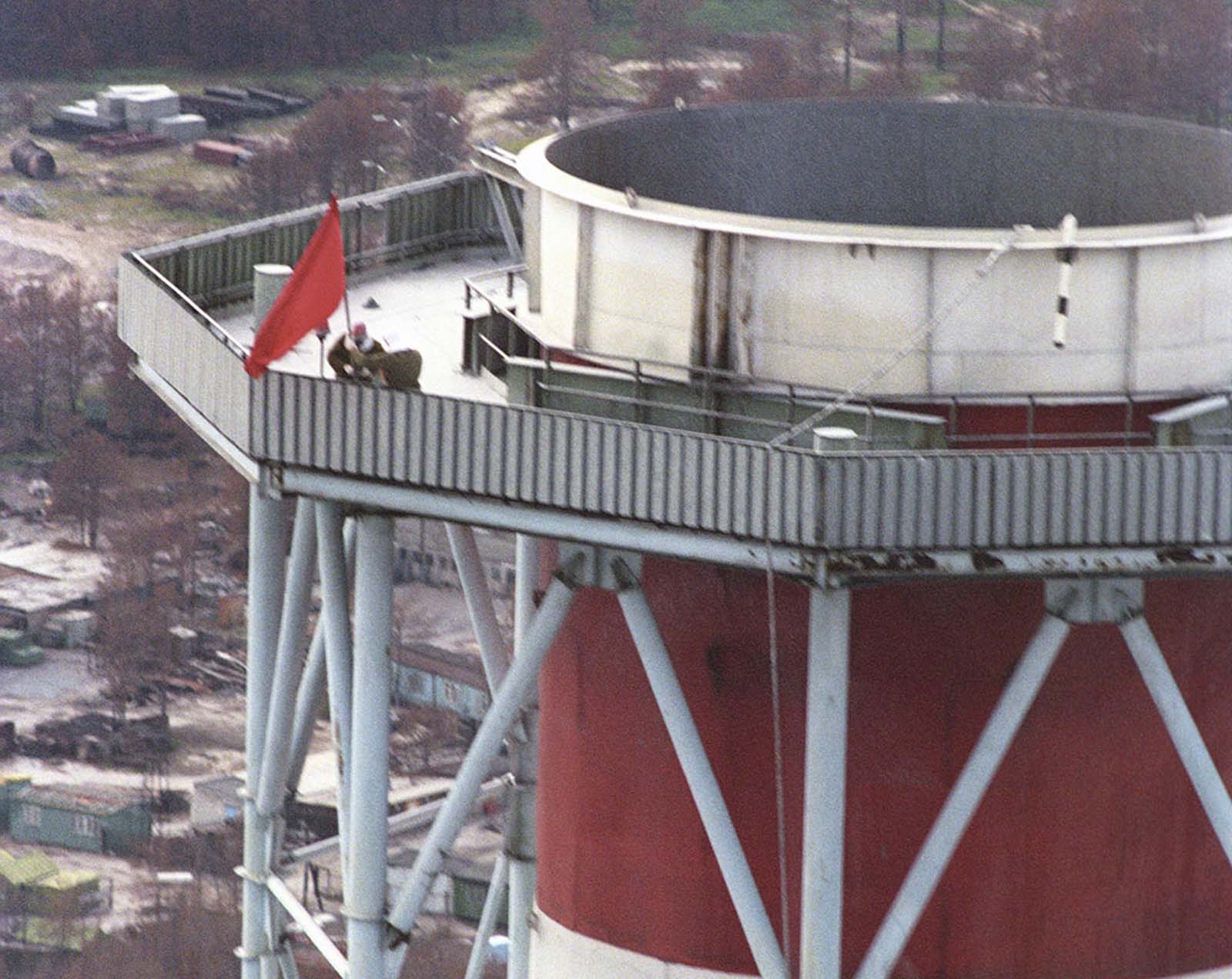
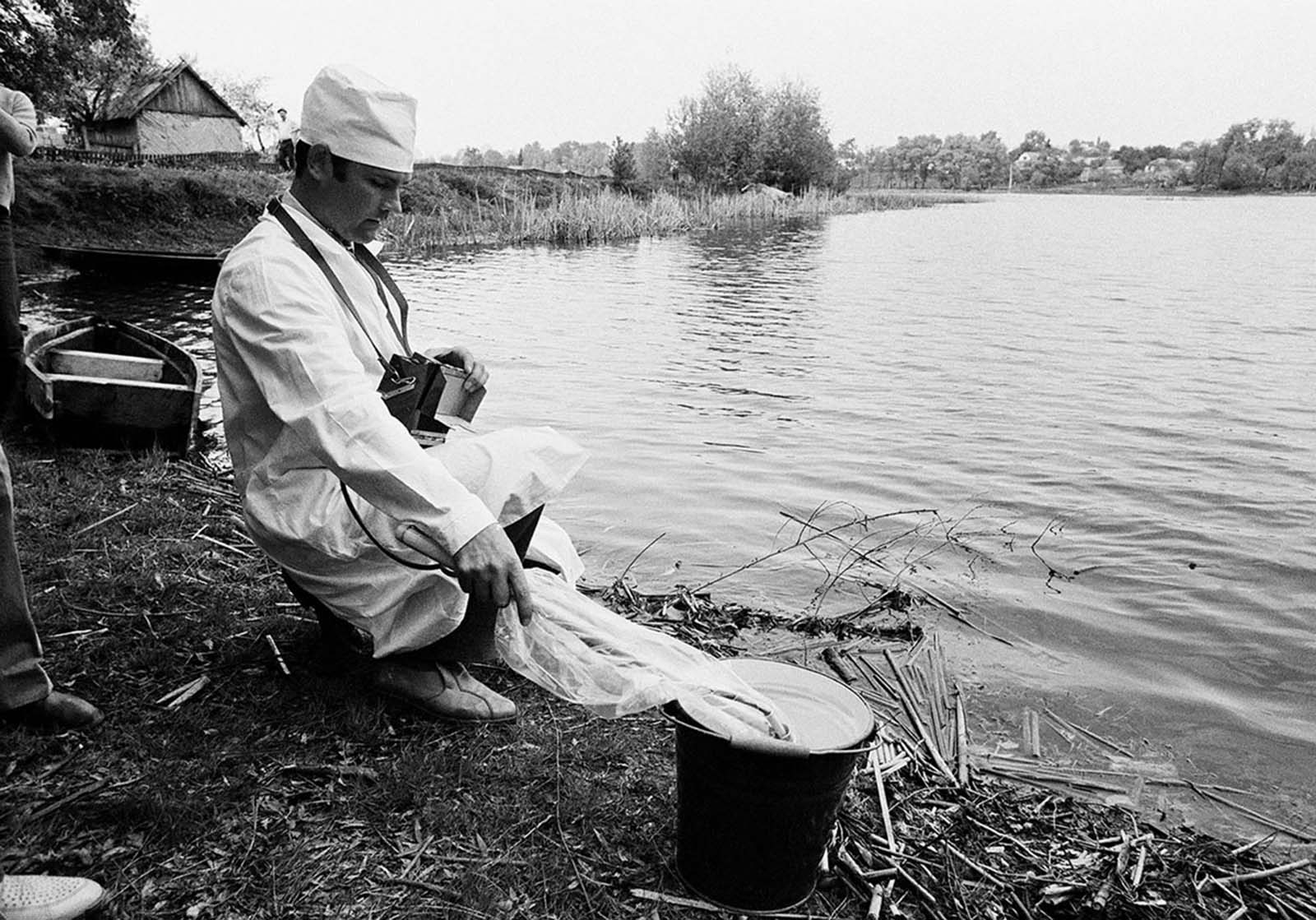
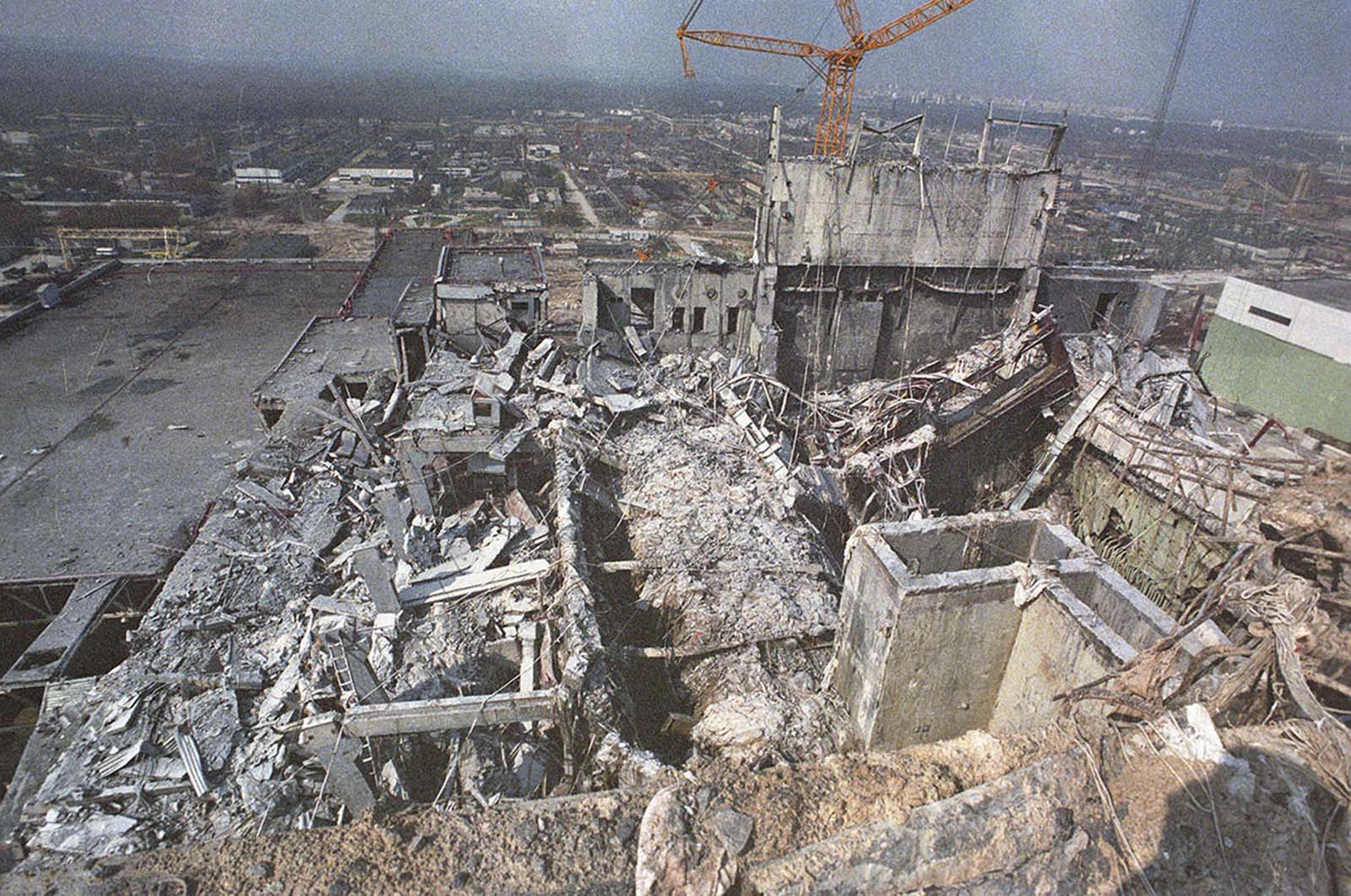
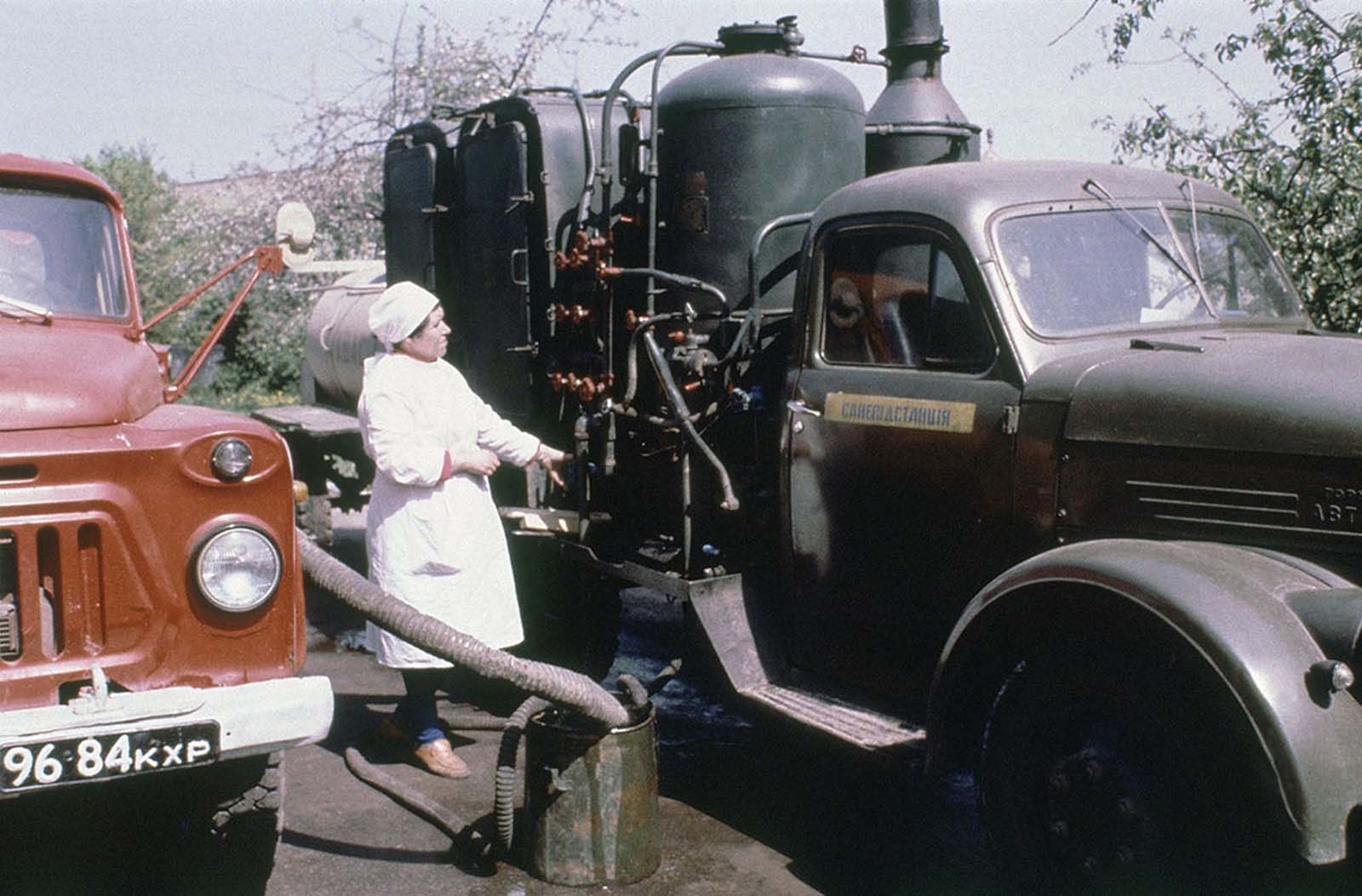
The Immediate Response: Containing the Fallout
In the days following the explosion, the Soviet government moved swiftly to contain the radioactive fallout. Helicopters were deployed to pour sand and boron over the reactor to cool the core and prevent further explosions. Workers, despite the dangers of extreme radiation, continued to clear the debris. The situation was dire, and the air was thick with radioactive particles that would continue to contaminate the surrounding areas for years.
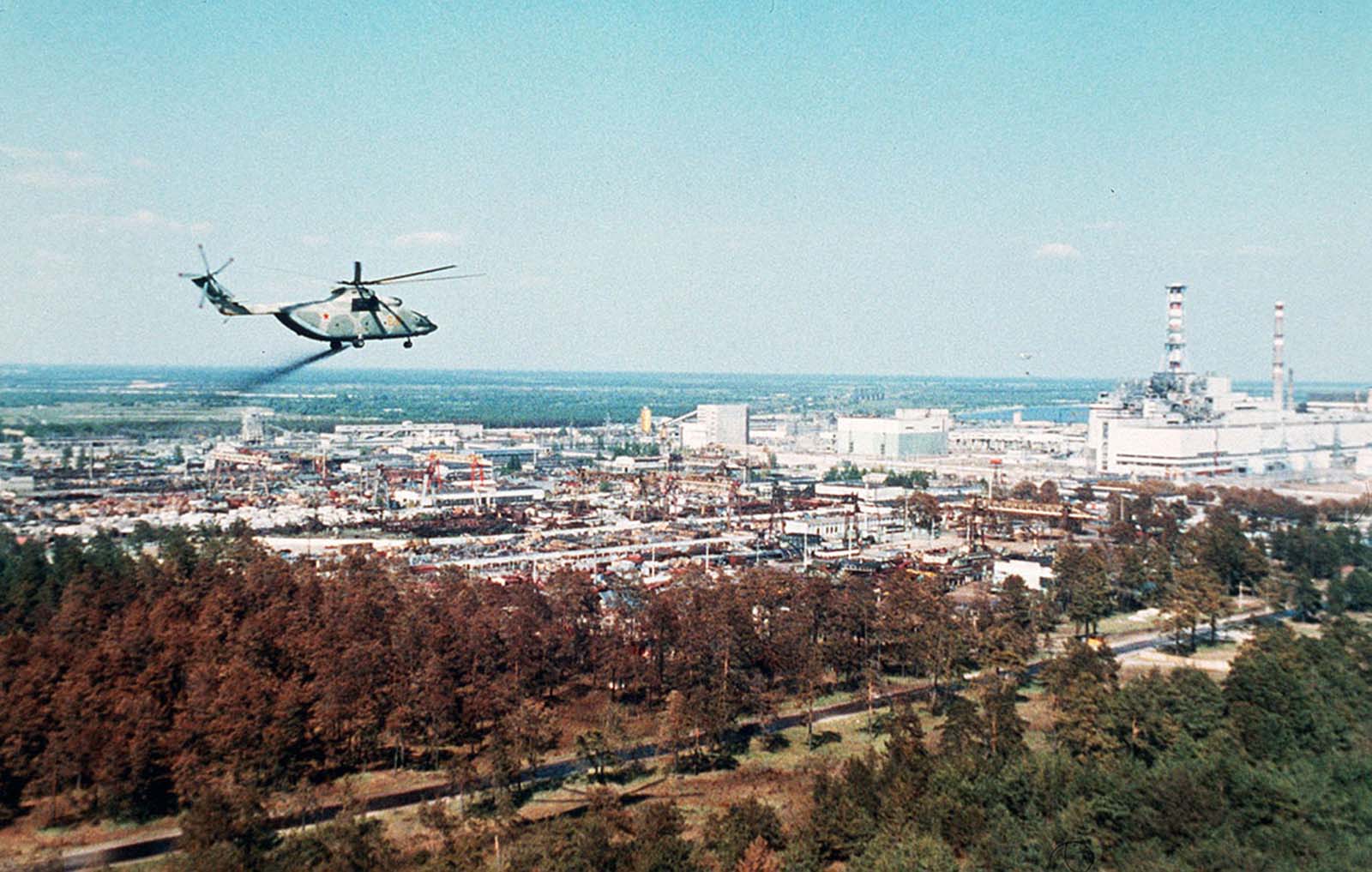
A 10-kilometer exclusion zone was established around Chernobyl, and approximately 49,000 people were evacuated from nearby Pripyat. As the radiation cloud spread, neighboring countries began to see fallout, with Belarus being particularly affected. In total, the radioactive materials released from the explosion would contaminate vast swaths of land and affect millions of people, leaving behind a legacy of health and environmental challenges.
The Sarcophagus: A Temporary Solution for Long-Term Safety
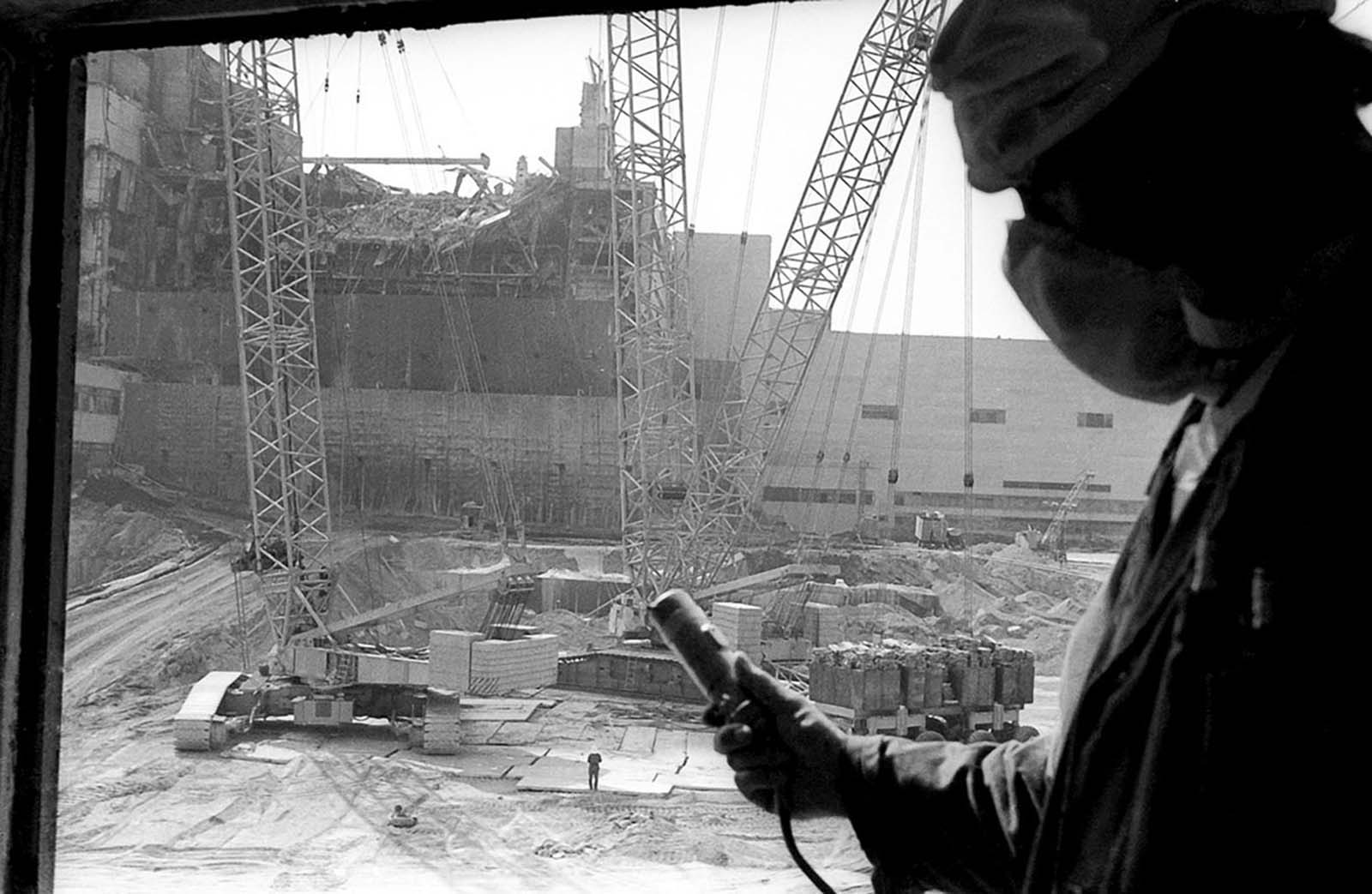
In an effort to prevent the further spread of radiation, the Soviet government quickly constructed a temporary structure known as the sarcophagus around Reactor No. 4. The sarcophagus was designed to encase the damaged reactor and reduce the release of radioactive materials into the atmosphere. While the sarcophagus served its purpose for many years, it was always seen as a temporary solution, as it was not designed to last indefinitely.
The sarcophagus provided some level of protection, but it was not without its issues. Over time, the structure began to deteriorate, and cracks started to appear. In the early 2000s, the need for a more permanent solution became clear. The Chernobyl New Safe Confinement, a larger, more durable structure, was constructed around the sarcophagus in 2017, ensuring that the reactor debris remains contained for the foreseeable future.
The Creation of Slavutych: Rebuilding After the Disaster
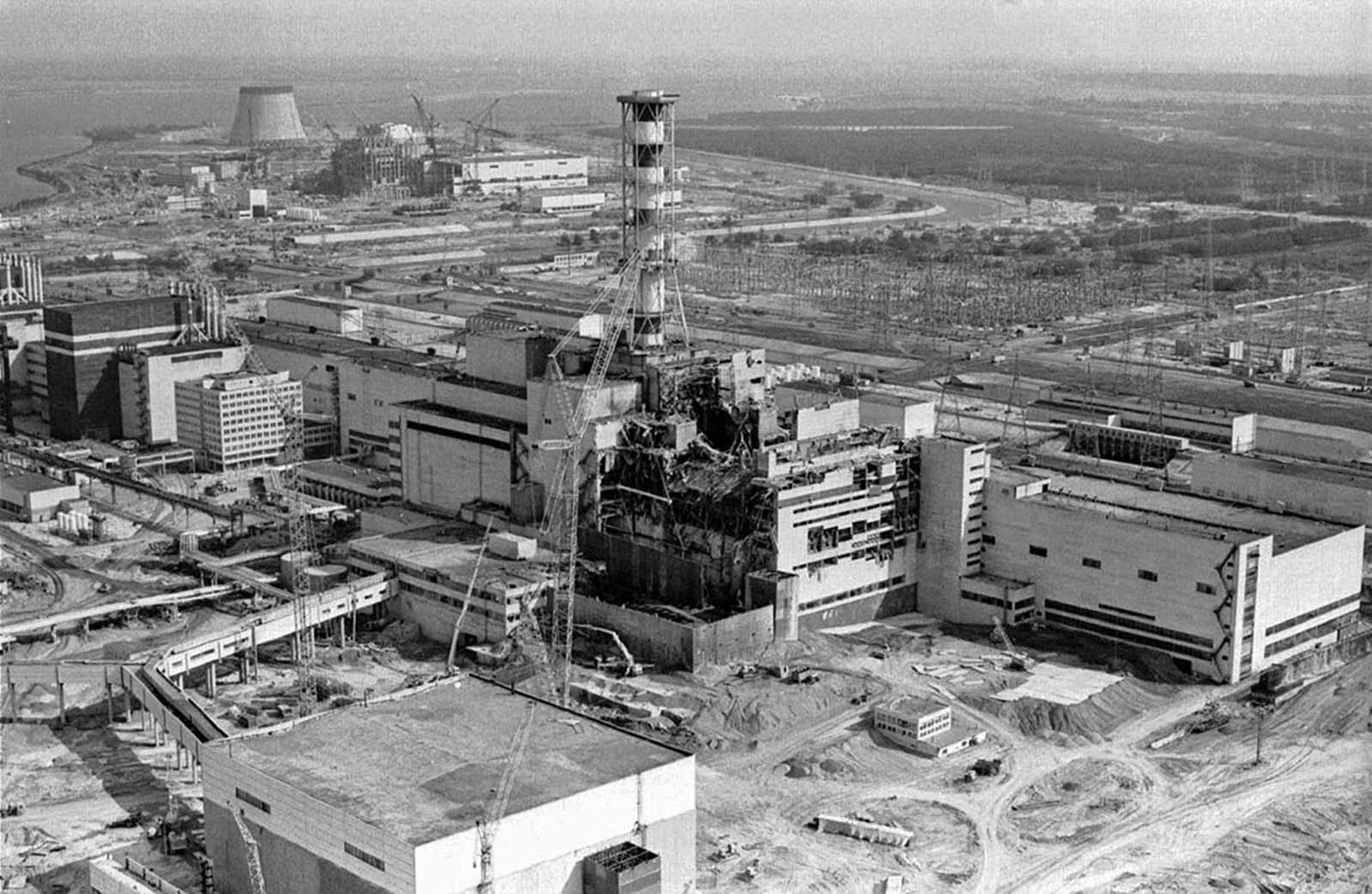
In the wake of the disaster, an entire city, Pripyat, had to be abandoned, and its residents were displaced. To provide a new home for those affected, the Soviet Union built the city of Slavutych, which became the new residence for many of the displaced workers and their families. Slavutych was built to support the workers who would continue to monitor and maintain the remaining reactors at Chernobyl.
Despite the displacement, Slavutych served as a symbol of resilience and recovery. It was a place where people could rebuild their lives and begin the long process of healing from the trauma of the disaster. Today, Slavutych remains a testament to the enduring human spirit and the will to survive in the face of overwhelming adversity.
Aftermath: Health and Environmental Consequences
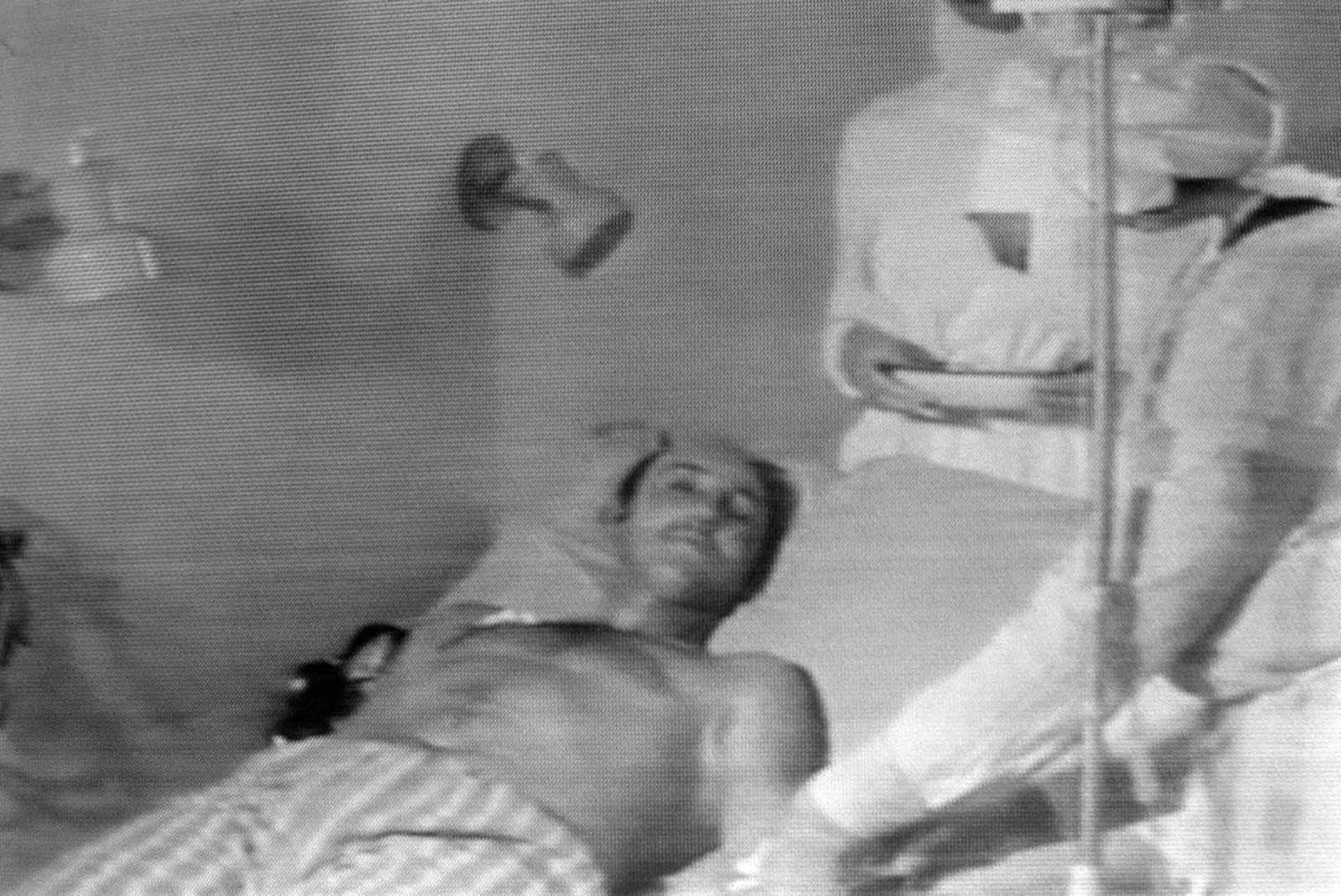
The long-term health effects of the Chernobyl disaster are still being studied, but it is clear that the disaster had profound effects on those exposed to the radiation. Many of the liquidators and first responders who worked at the site developed health problems related to radiation exposure, including cancers and other serious illnesses. The fallout from Chernobyl also led to environmental damage, including the contamination of vast tracts of land, which remain uninhabitable to this day.
The psychological toll of the disaster was just as significant as the physical damage. The trauma of living through the disaster, the loss of homes and communities, and the fear of future health consequences left a lasting impact on the survivors. The long-term effects of Chernobyl are still felt today, both in terms of health and the environment.
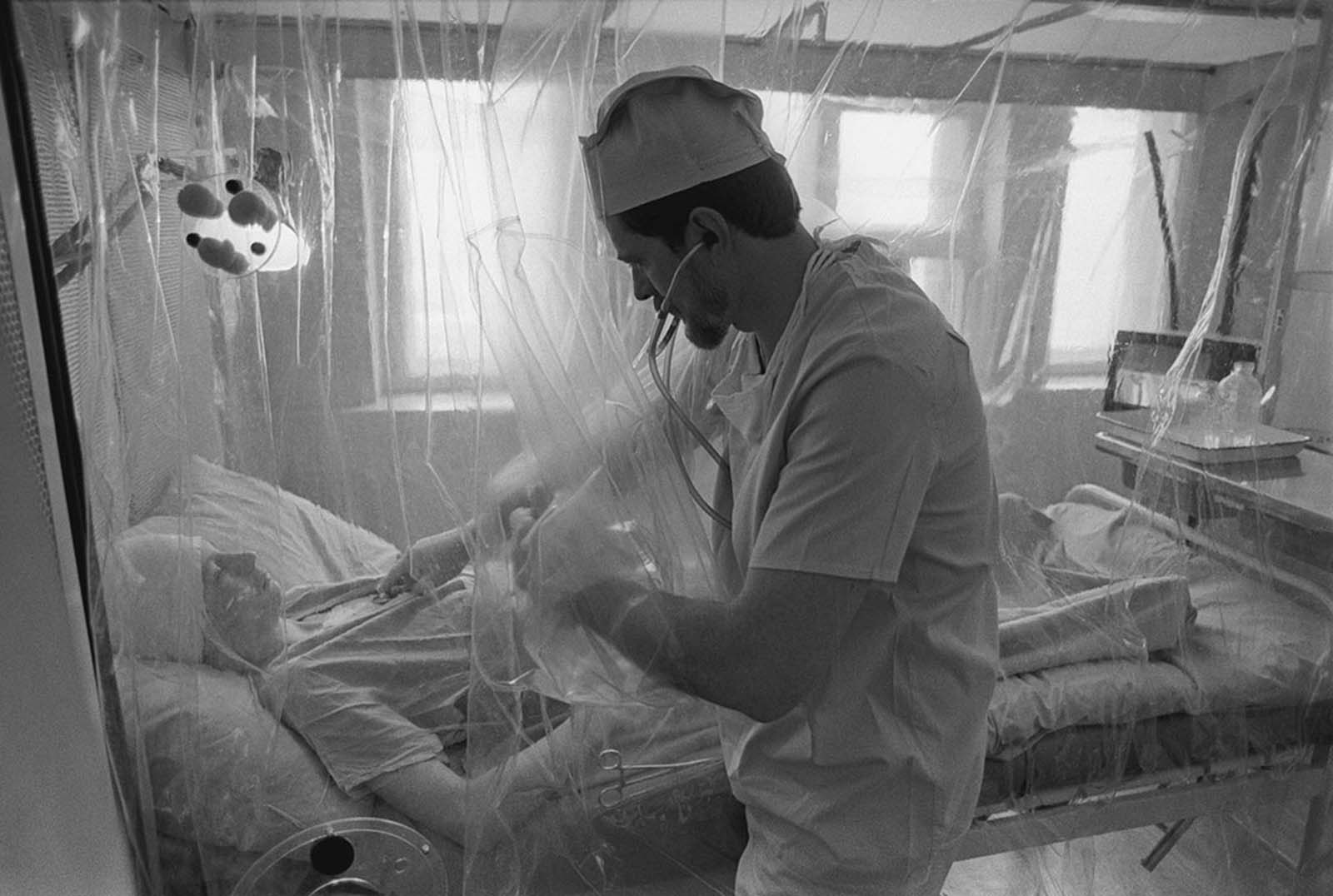
Video
Watch the full film Chernobyl: Minute by Minute to experience a detailed account of the disaster. Don’t miss this in-depth look at the events of that fateful day.
Conclusion: A Lesson for the Future
The Chernobyl disaster serves as a stark reminder of the risks associated with nuclear energy and the devastating consequences of human error. While much has been done to contain the fallout and mitigate the long-term effects, the lessons of Chernobyl are still relevant today. As the world continues to grapple with energy choices and environmental concerns, the memory of Chernobyl stands as a cautionary tale.
The disaster also serves as a testament to human resilience and the power of sacrifice. The liquidators, first responders, and residents of the surrounding areas who faced the disaster head-on are heroes whose actions should never be forgotten. Their bravery in the face of such an overwhelming tragedy ensures that the story of Chernobyl will be remembered for generations to come.
